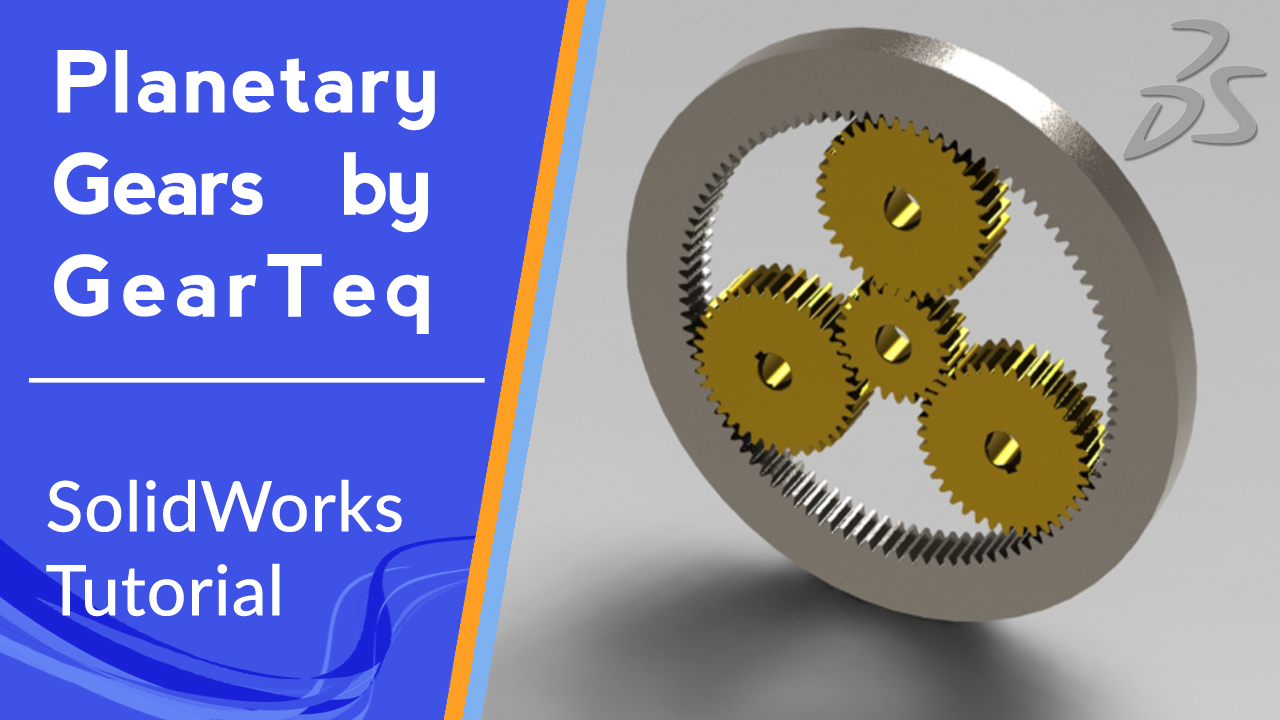✍️ In this tutorial, we want to learn about GearTeq software and its abilities for modelling planetary gears in SolidWorks. Also, we will see how to use gears data for creating a planetary gear set. Furthermore, we can learn how to change the fixed gear in the planetary gear set in the final SolidWorks assembly.
⭐ Creep Analysis | ANSYS Tutorial ⭐
✍️ In this tutorial, we are going to use ANSYS Workbench to simulate the creep deformation of an Aluminum Alloy (6061-T6) under constant stress and temperature. We will learn about the simulation of a Creep process in ANSYS Mechanical and analysis settings for Creep. For creep analysis, we will use Norton’s power law equation, which is the most important and widely used constitutive equation to predict the secondary Creep. We will see how to adjust the define material properties and settings of creep analysis in the static structural environment like creep effects, load steps, initial conditions, Creep Limit Ratio and Creep Strain Ratio.
⭐ Slider Crank Linkage Mechanism | SolidWorks Tutorial ⭐
✍️ In this video tutorial, we are going to model a Slider Crank Linkage mechanism in 2D and 3D environments using SolidWorks. In the last part of this video tutorial, the Slider Crank Linkage will be animated using the Motion Study module of SolidWorks. In engineering, a mechanism is a device that transforms input forces and movement into a desired set of output. Mechanisms generally consist of moving parts that can include: Gears, Belt and chain drives, cam and followers, and Linkage. A linkage is a collection of links connected by joints.
⭐ Tensile Test Specimen | SolidWorks Tutorial ⭐
✍️ Tensile tests are performed for several reasons. The results of tensile tests are used in selecting materials for engineering applications and determining material properties like elastic, plastic, creep, and corrosion behavior. A tensile specimen is usually a sample with standardized cross-section. In this tutorial, we are going to use SolidWorks to model a cylindrical tensile test specimen with threaded grip ends.
⭐ M-File Scripts | MATLAB Tutorial ⭐
✍️ In this video, we have provided more detailed information about the difference of M-files scripts and functions. In this tutorial, we will try to explain the basics of MATLAB M-files scripts. M-files scripts are an efficient way of executing repeatedly commands with MATLAB. we will see their usage, how to make them (create, save, and run), and how to manage them. Also, we get familiar about ways that assignment of a value to a variable can be done.
⭐ M-File Functions | MATLAB Tutorial ⭐
✍️ Following MATLAB tutorials, in this tutorial, we will show the basics of MATLAB M-files functions. M-File functions are programs that accept input and return output arguments. We are going to find out the script side-effects and why should we use functions? Moreover, we get familiar with the syntaxes of M-File functions and the differences between functions and scripts.
⭐ Stress Concentration Analysis | SolidWorks Tutorial ⭐
✍️ Following the SolidWorks tutorials, in this video, we will learn how to induce stress on a body in SolidWorks simulation. Also, we will see how to check stress concentration using both theoretical and finite element concepts and comparing results.
⭐ Isometric Drawing | AutoCAD 2020 Tutorial ⭐
✍️ In this tutorial we are going to draw an isometric drawing in AutoCAD 2020. Isometric drawing of the objects is important since it gives a very good idea of how they look like in 3D. Drawing isometric is easy with AutoCAD.
⭐ Helical Gear Design | SolidWorks Tutorial ⭐
✍️ Helical gear design with SolidWorks is one of the topics that any engineer can be faced on a daily basis. It’s easy to do it inside SolidWorks. In this video tutorial we are going to learn how to draw helical gear in SolidWorks. we will get familiar with SolidWorks sweep feature and learn how to use tools like Revolve, Pattern, Extruded Cut, and Fillet in part design environment.
⭐ Defining Matrices | MATLAB tutorial ⭐
✍️ In this tutorial, we will learn how to create a matrix or vector in MATLAB. Matrices are fundamental to MATLAB. Therefore, we need to become familiar with matrix generation and manipulation. In this video, we are going to defining a matrix, extracting submatrices, transpose, and concatenation matrices. Also, we will see how to create larger matrices with predefined MATLAB functions (e.g. zeros, ones, eye, diag, rand), using generating linearly space vectors (linspace), and determining the size of matrices/vectors in MATLAB.










